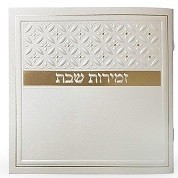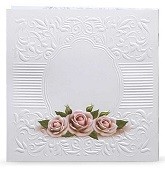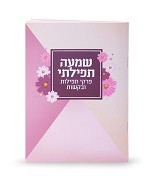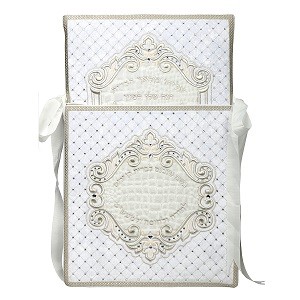The parchment must be prepared "for the heavens", that is, with the intention of performing a divine act, and the preparer must manifest it in a declaration, because a qlaf intended for less holy divine use (kedousha kala) cannot be used. ) such as the scrolls of a mezuzah, to write the scrolls of tefillin or a Sefer Torah, which are of greater holiness (kedousha 'hamoura).
If he has to, the sofer must say that he is preparing a scroll for a Sefer Torah, but that can be changed if he wishes.
If they do not find a Juif capable of preparing them peaux, a non-Juif can prepare them, more ces circonstances are exceptionnelles, and the non-Juif doit être supervised by a Juif who do it also declare that this preparation is «for the heavens."
After preparation, the sofer should mark the parchment with a sarguèl (ruler) or an awl, making sure the guide lines are straight. Only the top guide is drawn. The letters line up with respect to it.
It is a mitzvah (commandment) for every Jew to write or have a Sefer Torah written for him. (See Deuteronomy 31:19).
Of the oldest and most authoritative Jewish texts (Mishna Sofrim (200-500 AD), the Gaonic work Halakhot Gdolot (743 AD), and the Torah of Mishneh Maimonides), the q'laf is the deep portion (closest to the meat) skinned animal skin (the g'vil). The Soferim originally used the lower part of this portion to write phylacteries. The Sifrei Torah was also written in this medium, as a last resort, and the g'vil was the first option: the Sefer La Torah is used many times.
A G'vil is an animal skin that has been prepared (as a writing medium) to write a Sefer Torah or mezuzah.
According to the prescriptions promulgated in Judaism, ancient Jews (as well as "modern" Jews) prepared the skins with salt water, flour and m'afasim (redisus wasp). The entire process followed the prescriptions of the Talmud, the Geonim and the Rishonim to the letter.
Sherds found near and within the Qumran caves near the Dead Sea in Israel confirm the use of brownish g'vil from at least 200 BC. J.-C. and to this day.
Maimonides writes that the law passed down to Moses at Mount Sinai regarding the writing of a Sefer Torah requires that the Sefer Torah be written in g'vil, and that scrolls not prepared according to the method explained above would not be valid for use (Mishneh Torah, Hilchos Tefillin 1:14).
According to the Talmud (Baba Batra Treatises 14b), the g'vil existed since the time of Moses (estimated at 1280 BC), since the Sefer Torah that Moses placed in the Ark of the Covenant would be written on the g'vil. In Guittin 54b, a teacher recounts the tradition that the Torah scrolls were written in g'vil. However, it is currently only used by a handful of soferim, although according to the Jerusalem-based "G'vil Center", only the g'vil leaves no doubt about the use of scrolls. .
The use of g'vil, as well as certain types of scrolls, has allowed some Sifrei Torah to remain intact for more than 800 years.
external ornaments
A full Sefer Torah is often "dressed" in richly and finely carved ornamental plaques, protective velvet, and occasionally a wrought silver crown, to mark the Sefer Torah as sacred, the living word of the living God.
Sefer Torah Scroll
The Torah reading of a Sefer Torah is usually reserved for Shabbat, as well as shorter readings on Monday and Thursday mornings and other festive occasions such as a Bar Mitzvah (religious majority of a boy), in the presence of a minyan. The Torah is read in its entirety every year and whoever is called to read it in the synagogue (we say: "going up to the Torah") reaps blessings and congratulations before and after reading it.
During the scrolling, the reading of the text is facilitated by a yad (hand), a finger-like pointer made of metal, ivory or wood, which protects the scroll by preventing any unnecessary contact of the parchment with human skin (which, no matter how clean it is , often covered with grease and sweat), to preserve the text and its support.
Gift of a Sefer Torah
The gift of a new Sefer Torah to the synagogue is often the occasion for a joyful celebration with singing, dancing, and prayers. This use dates back to the First Temple, around 1000 BC. BC: The Bible says that the priests, and even kings like David, "danced before the Ark" or "before the Lord", meaning that they danced, celebrated and prayed (often in ecstasy) before the Ark of the Covenant where God's word was.
become a sorcerer
Nowadays, it is not uncommon for advanced students or the Sages (in Hebrew, even the greatest scholar of the Jewish world is never "only" the student of the Sages, Moses having been the first of them, even a student of God) they return soferim and receive a salary to write a sefer

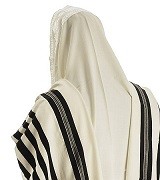

 (1).jpg)
 (1).jpg)


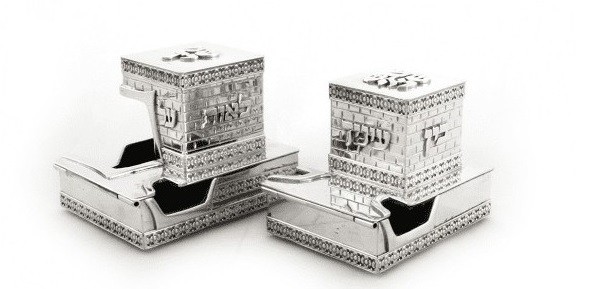
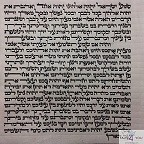
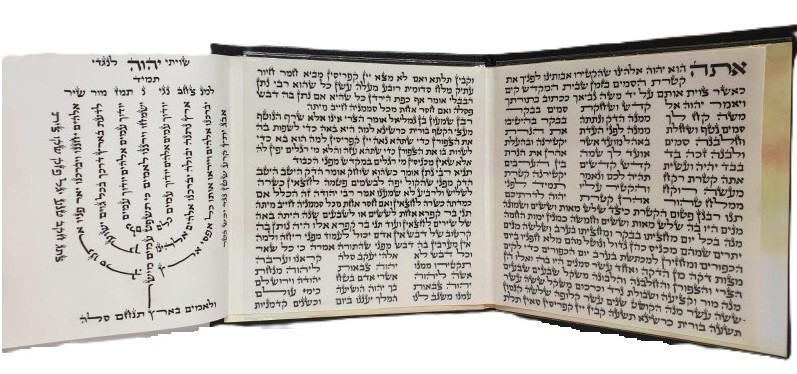

2 (1).jpg)
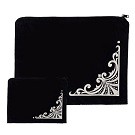
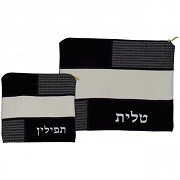
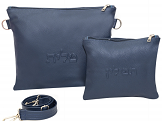
.jpg)
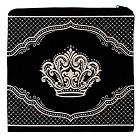
.jpg)
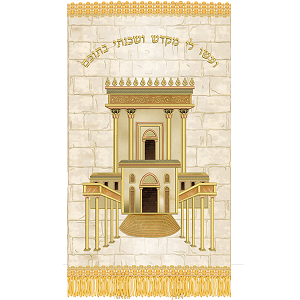
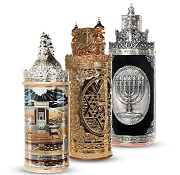
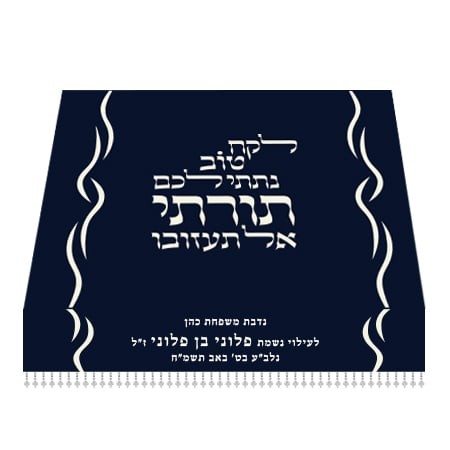
.jpg)
 (1).jpg)

